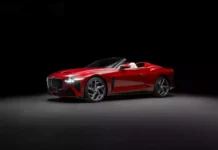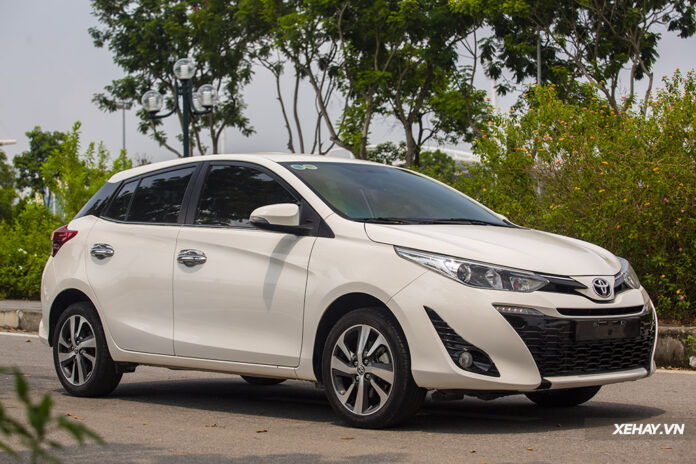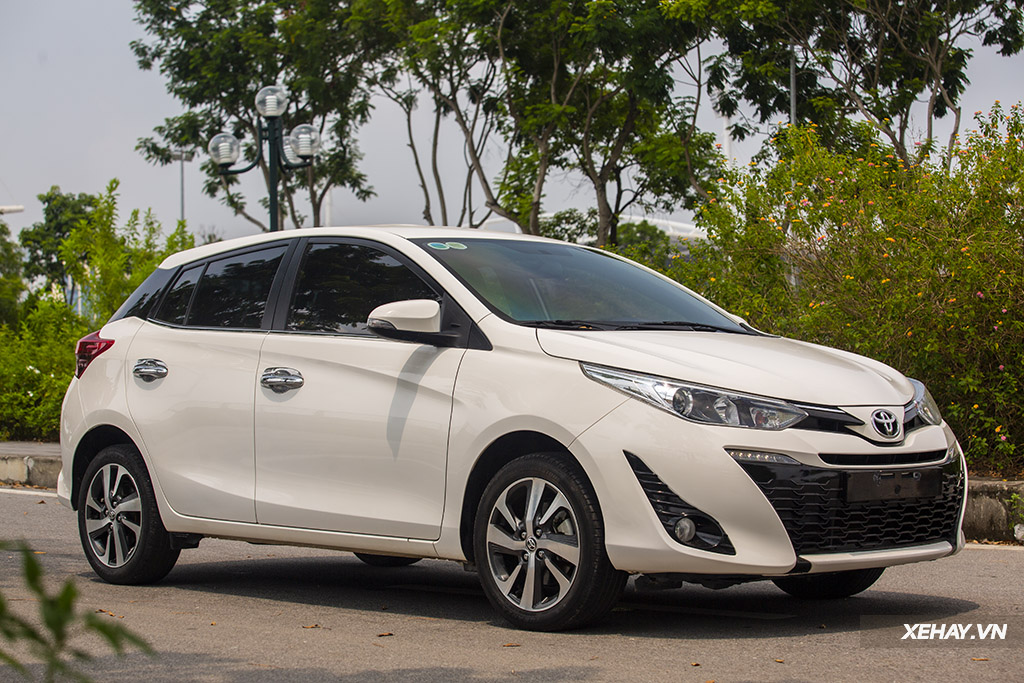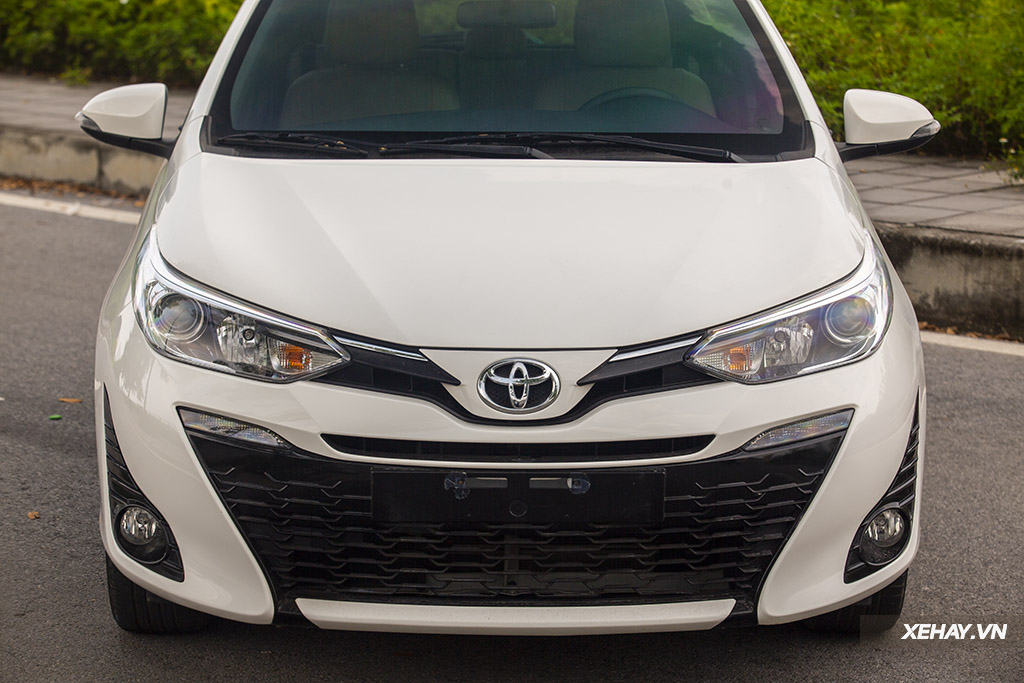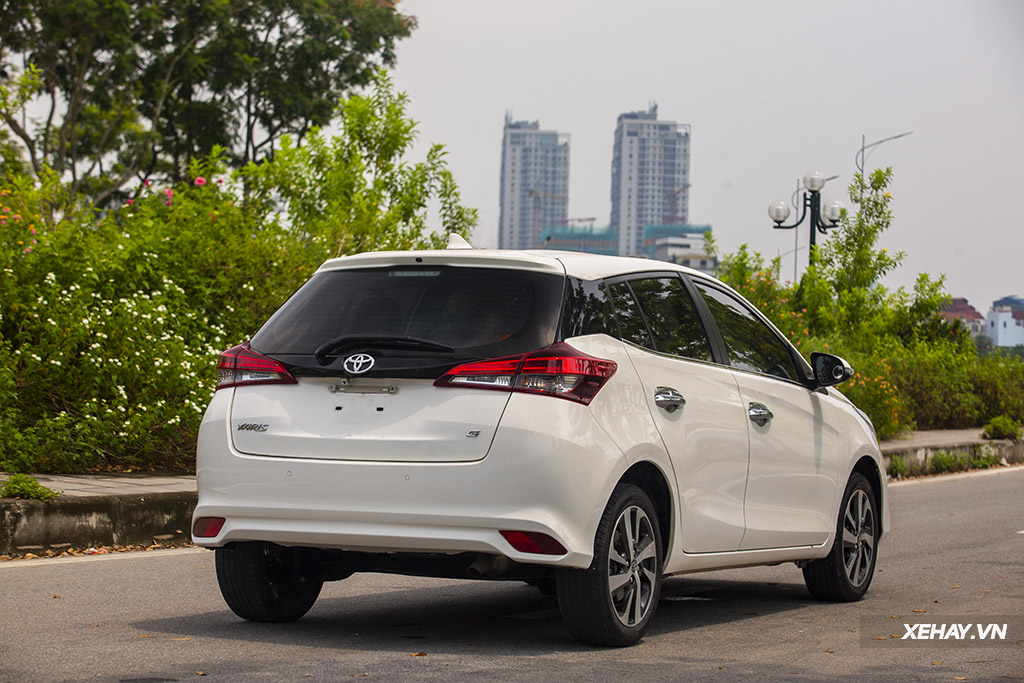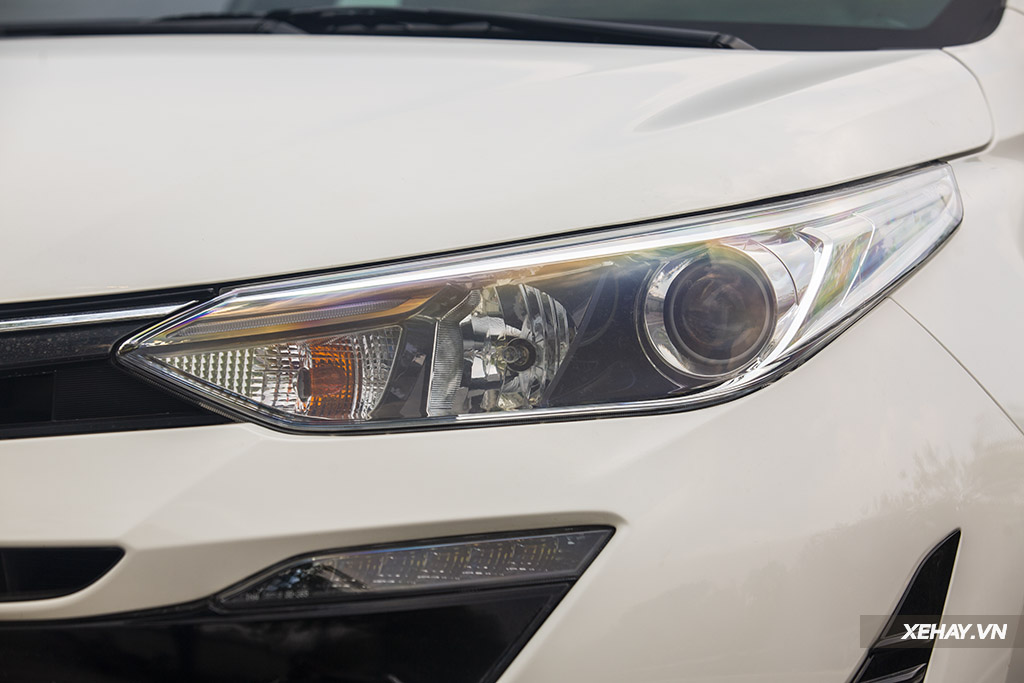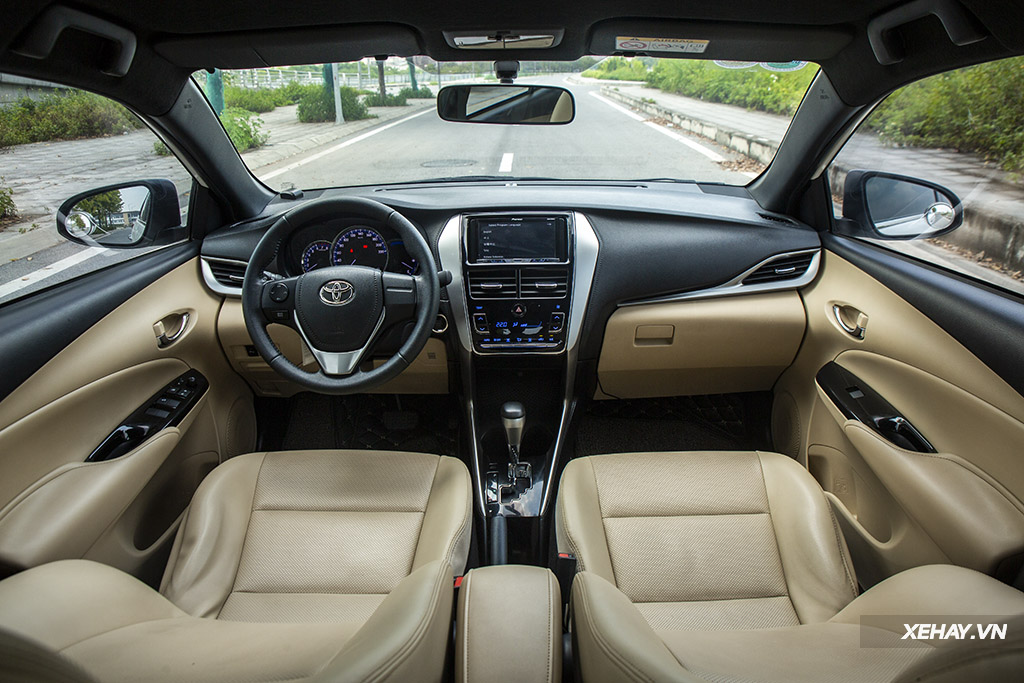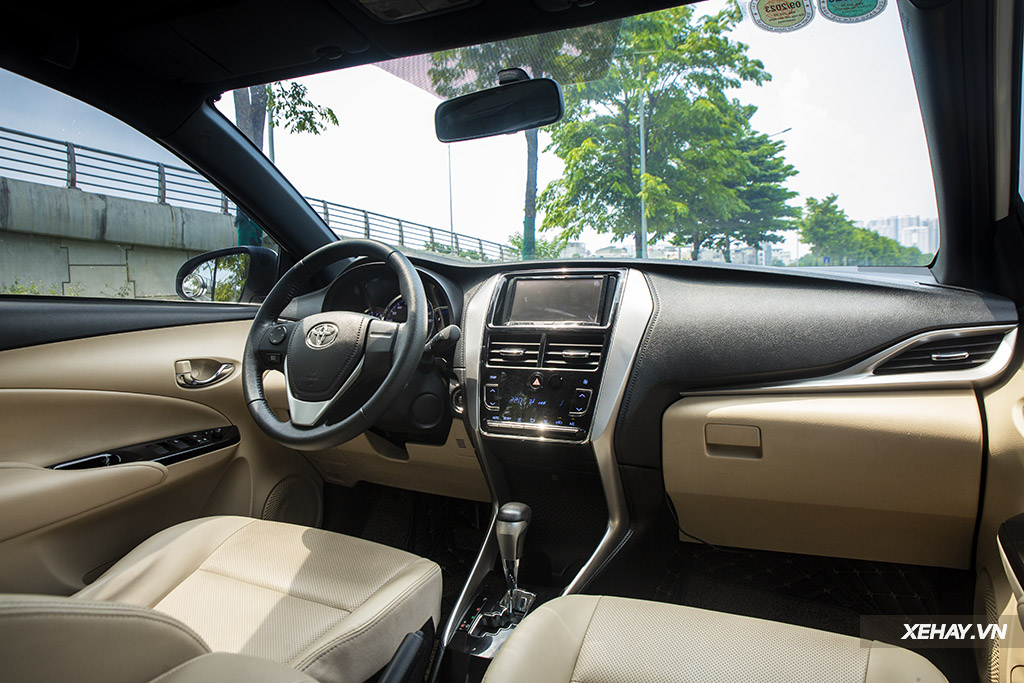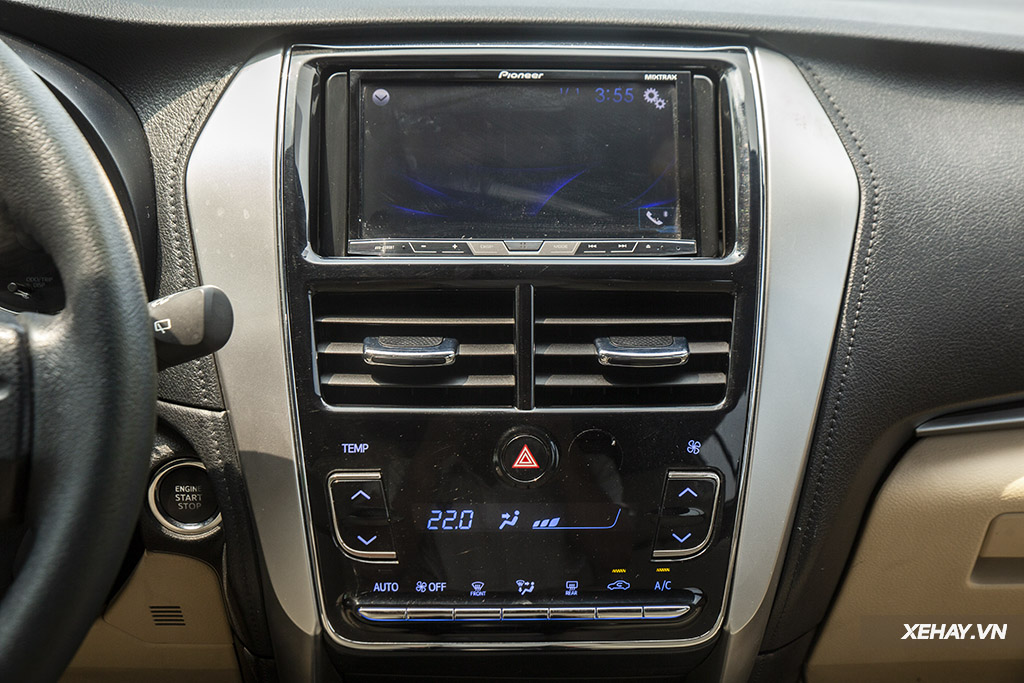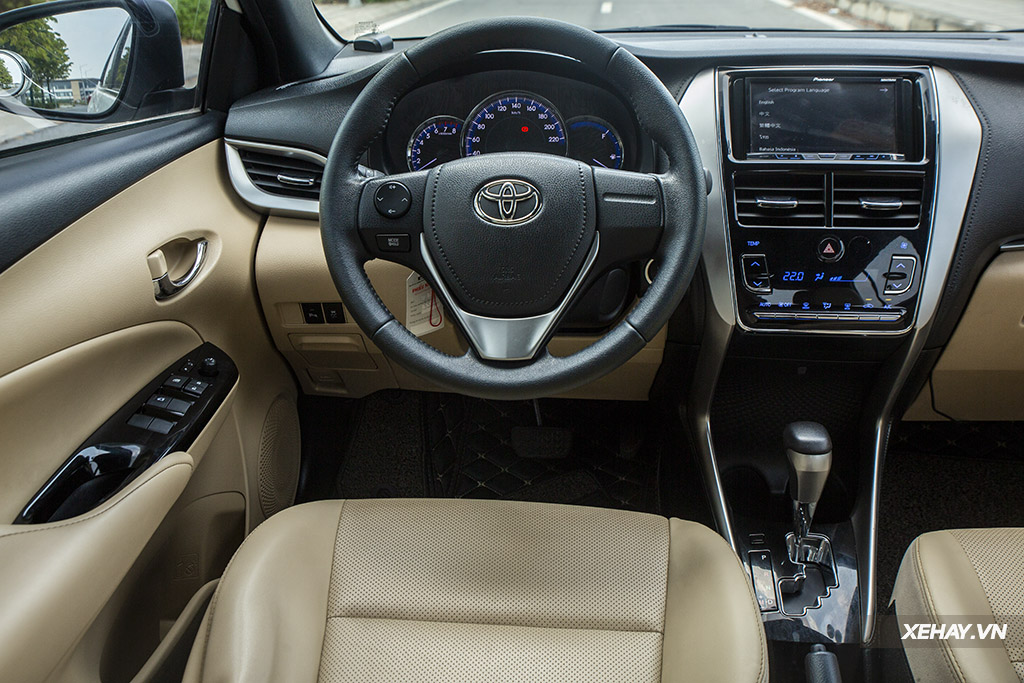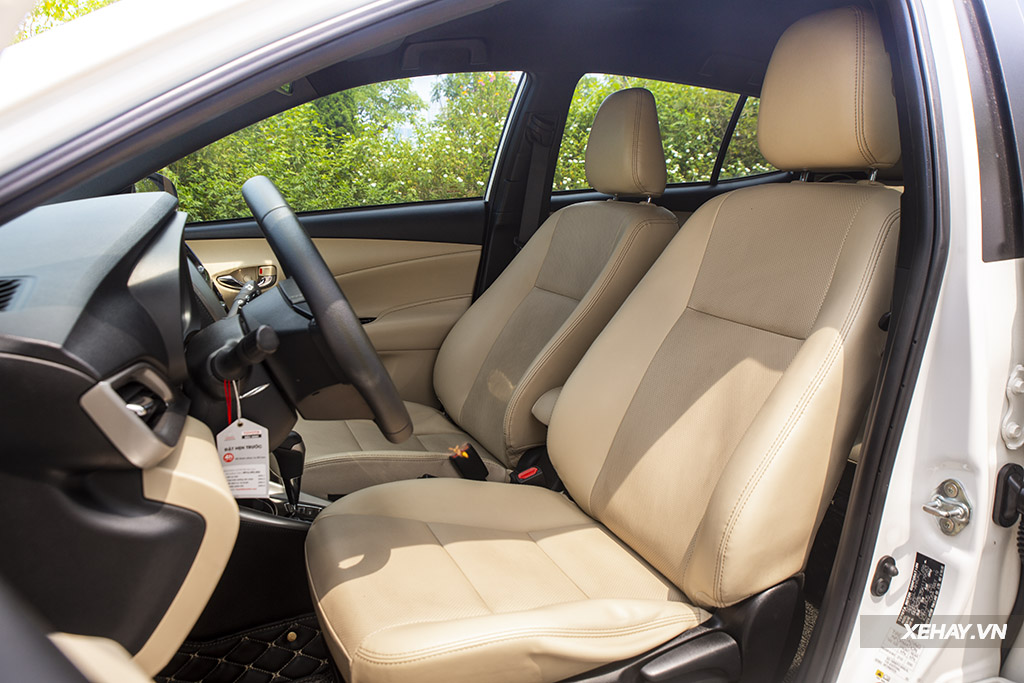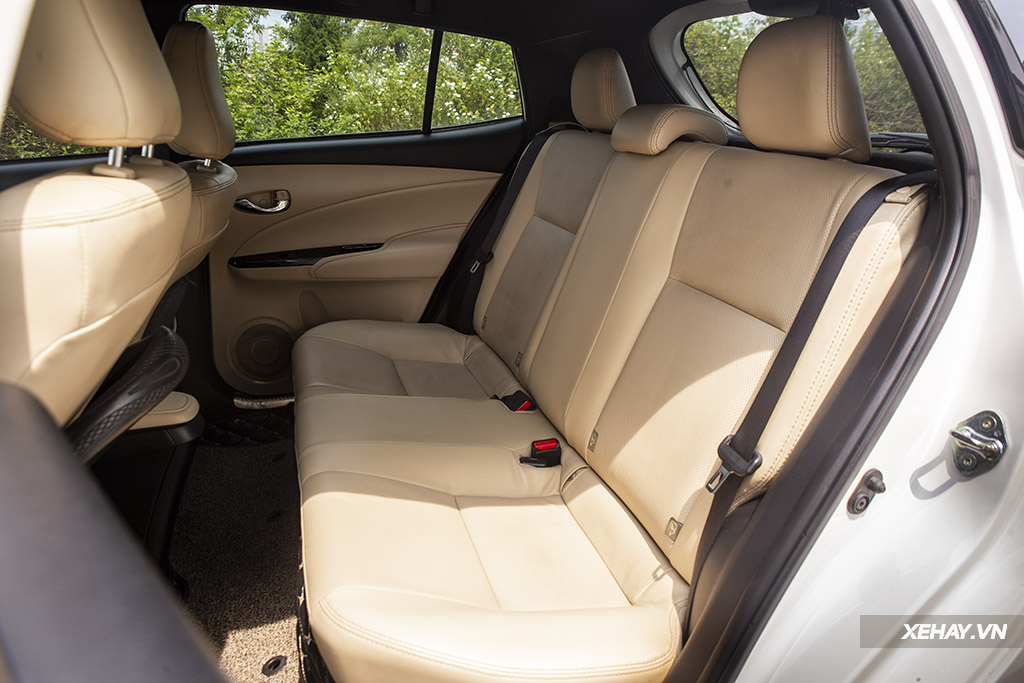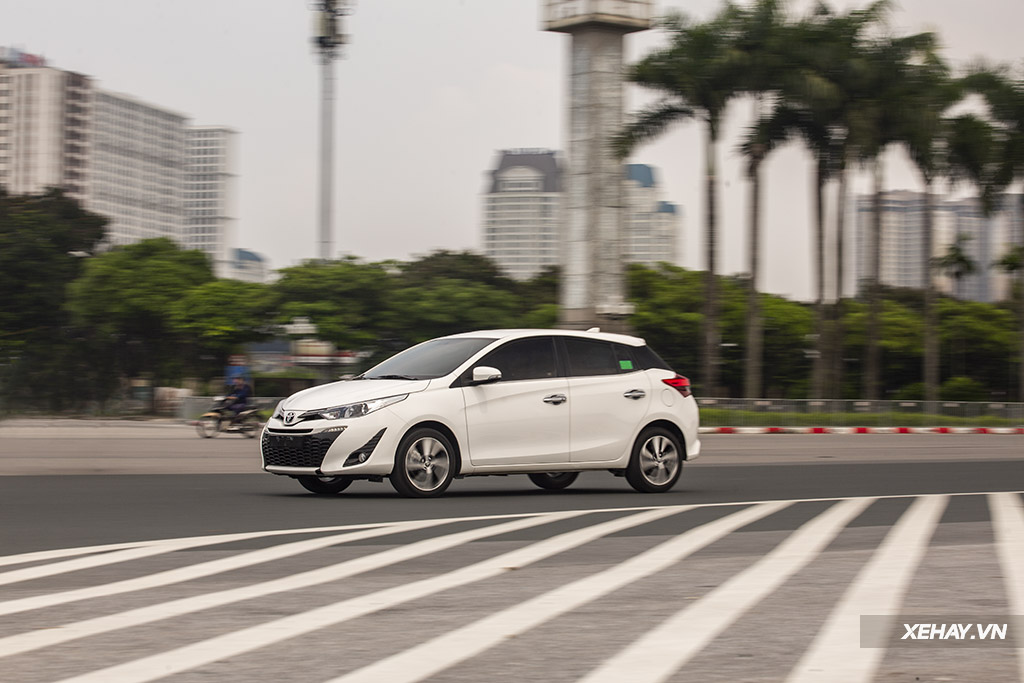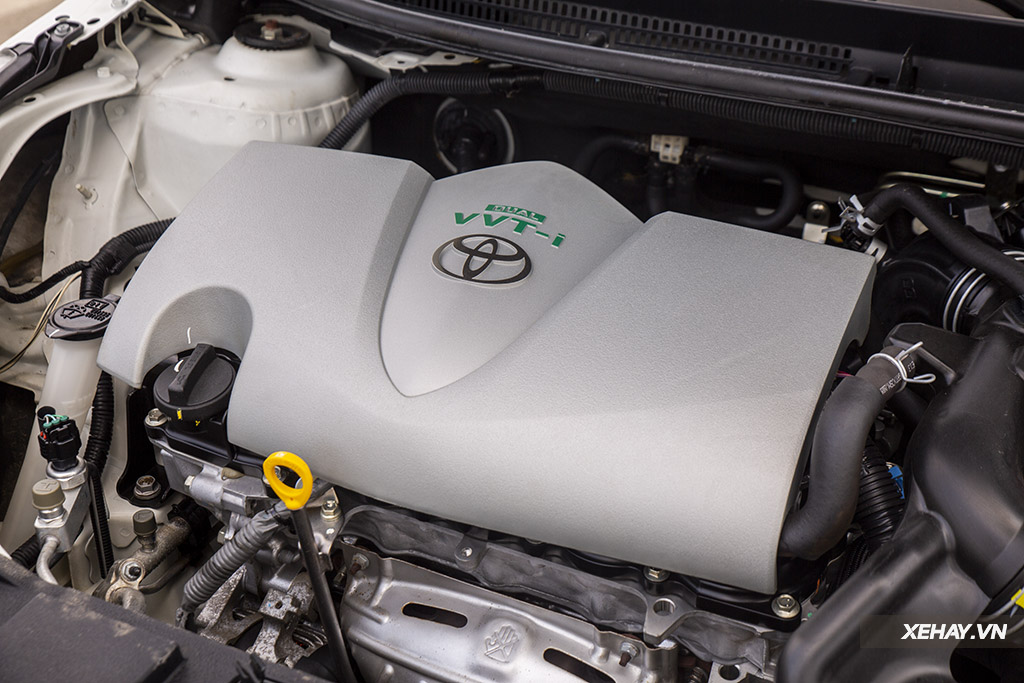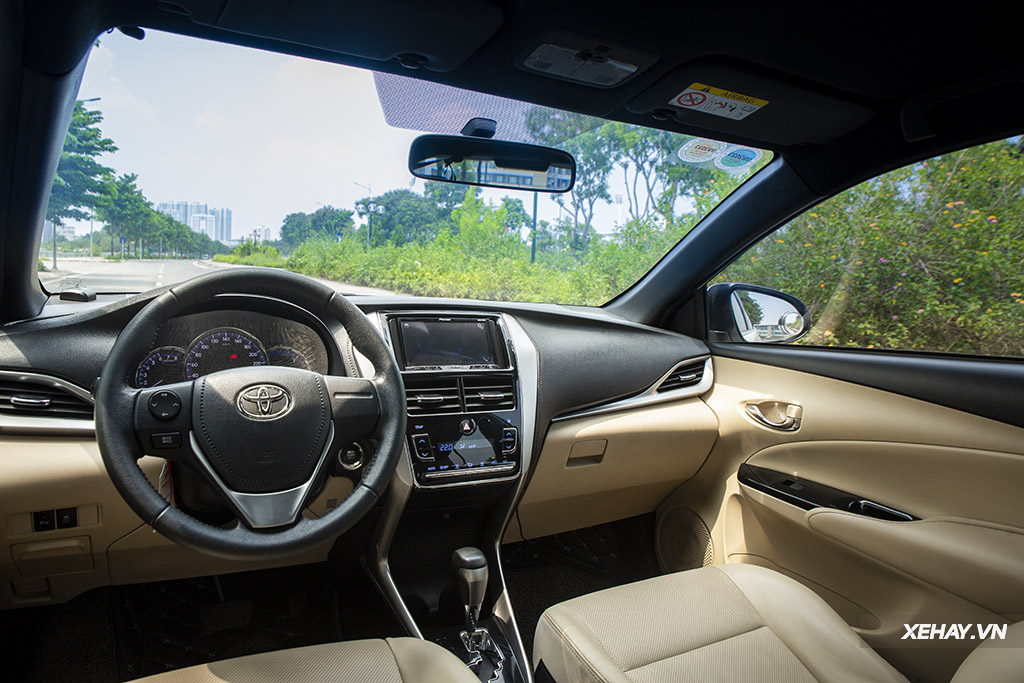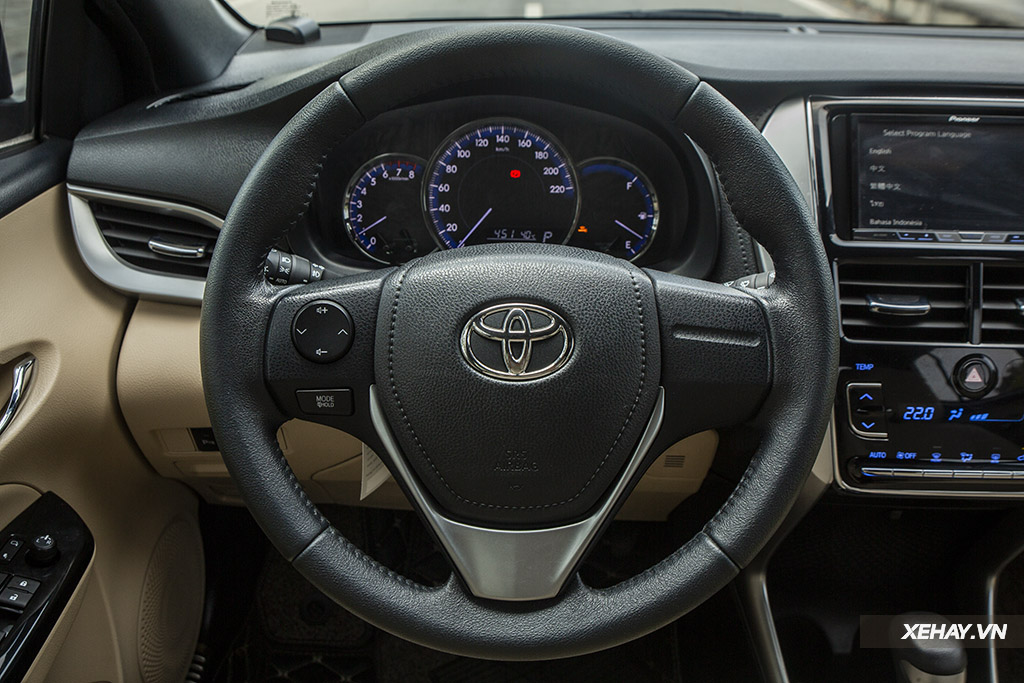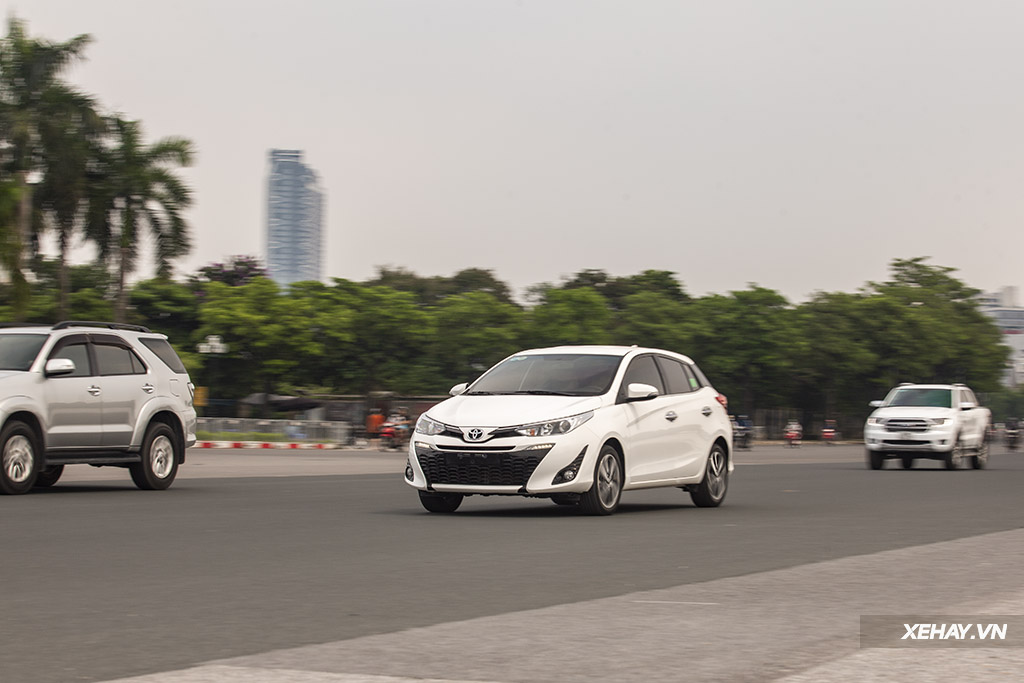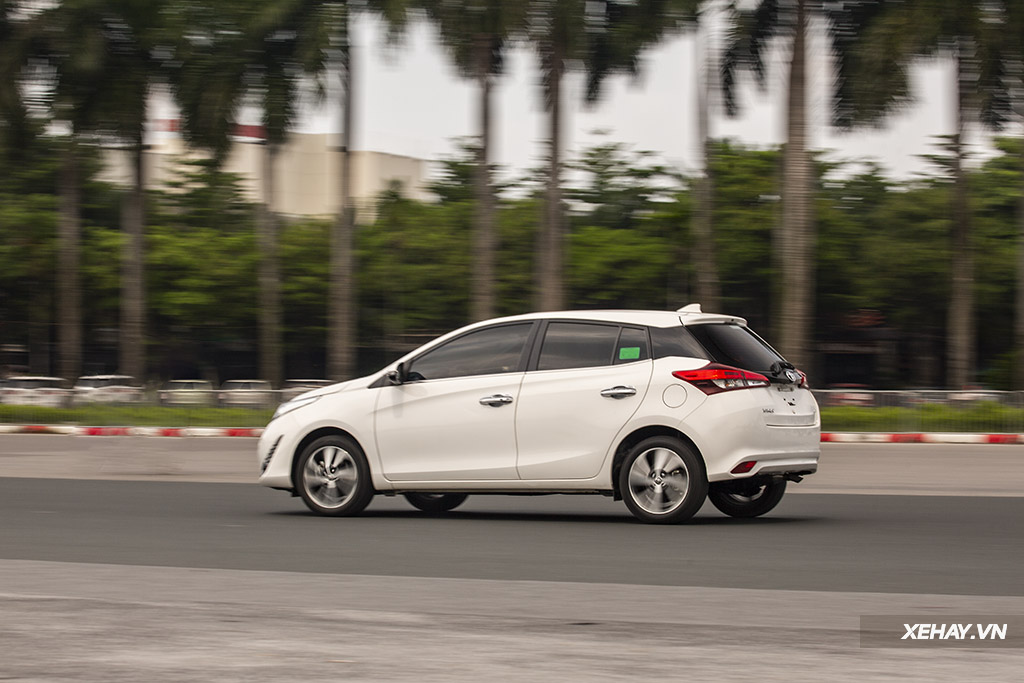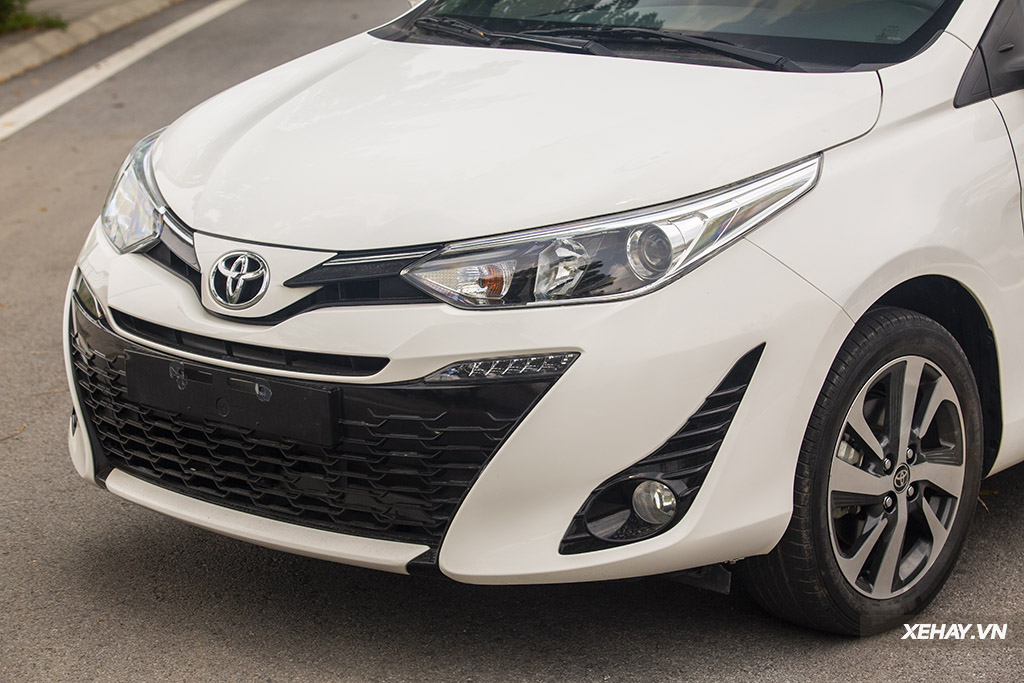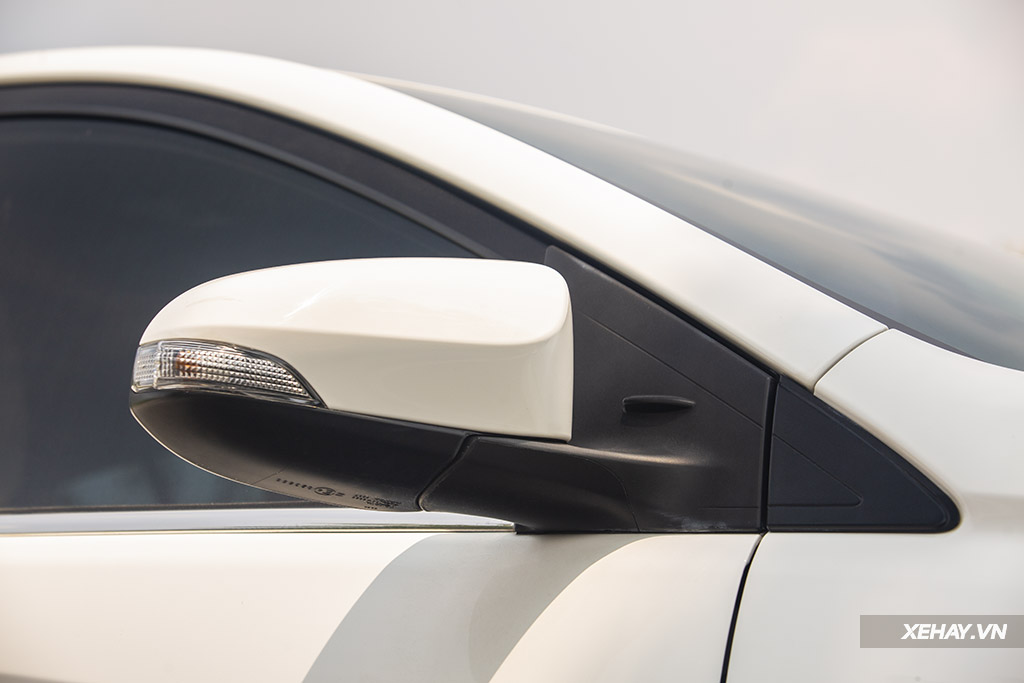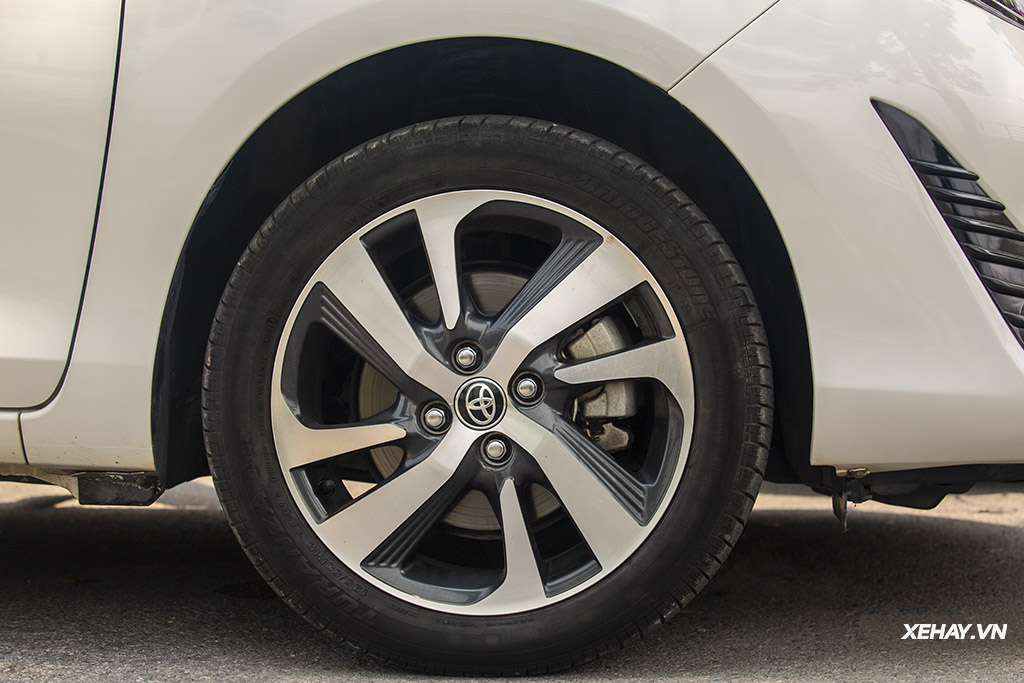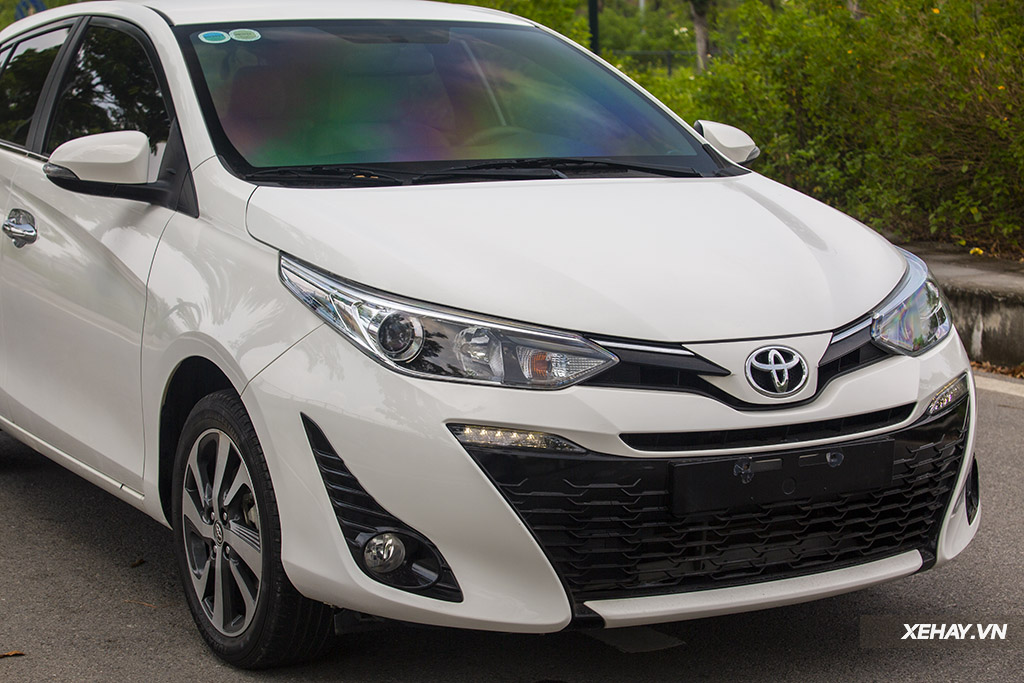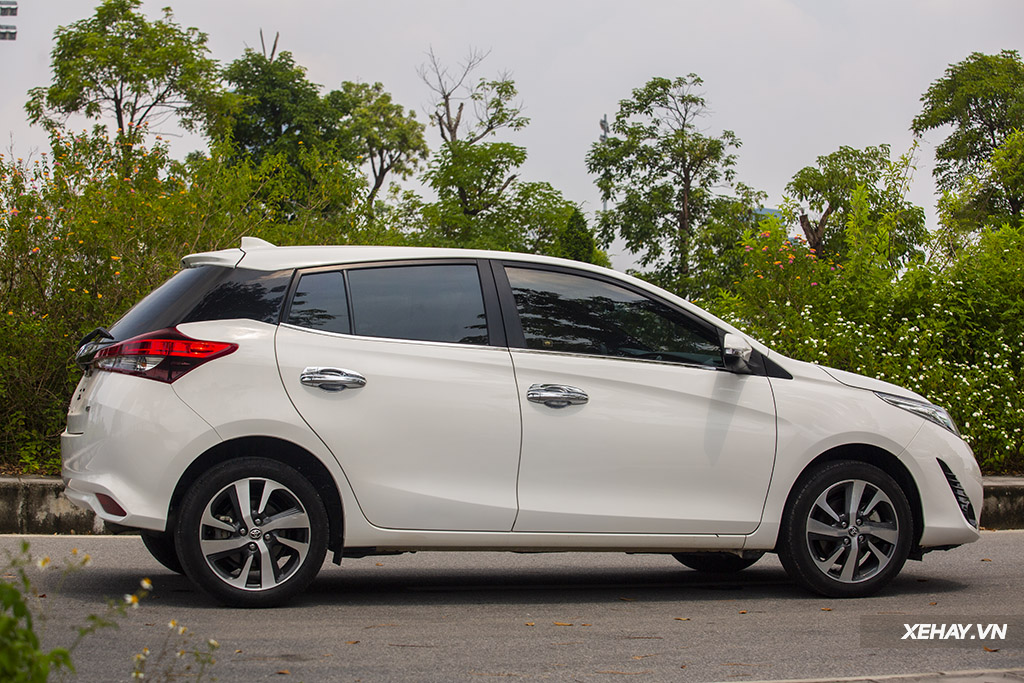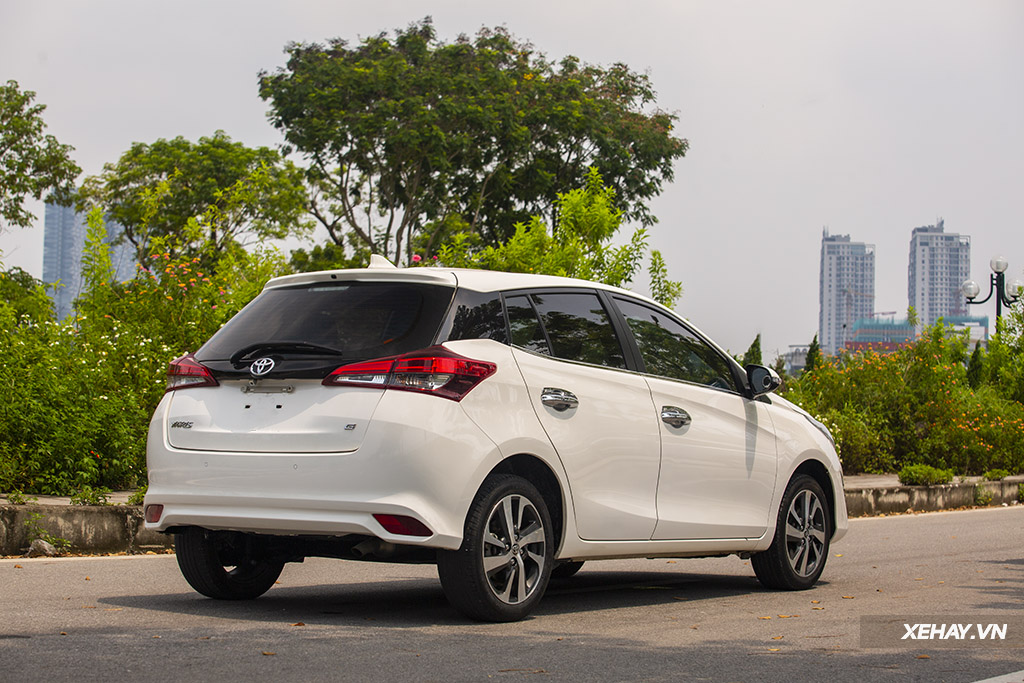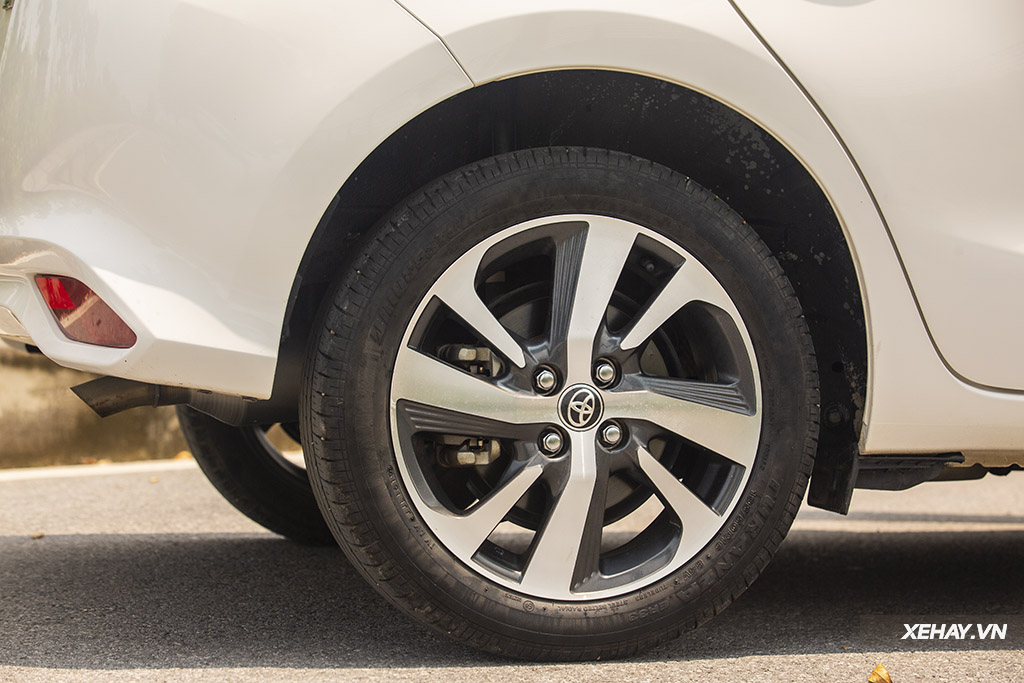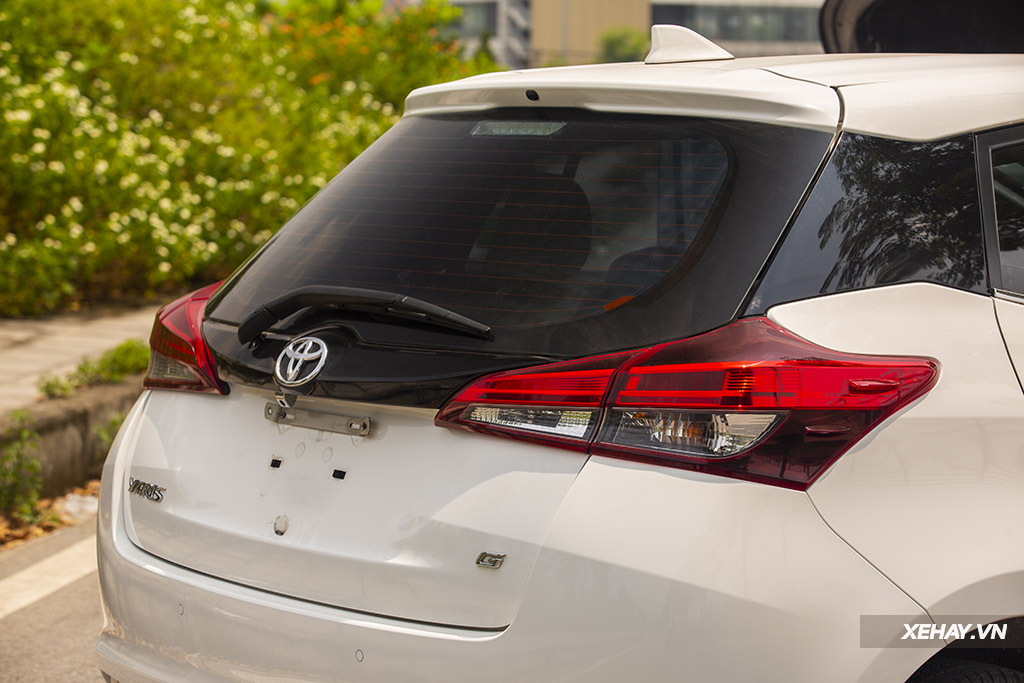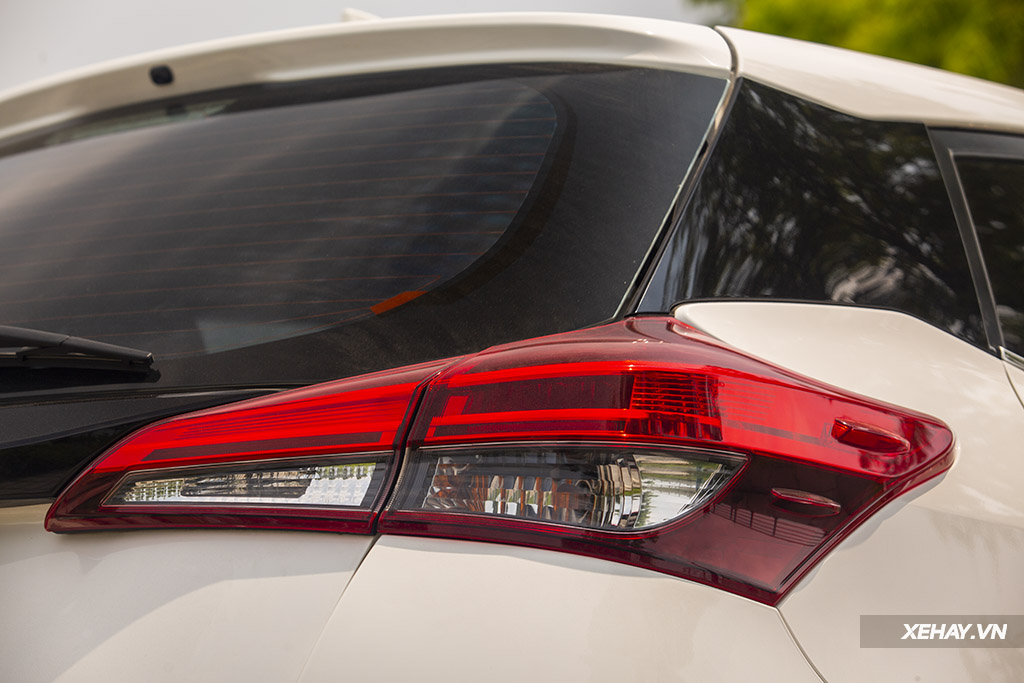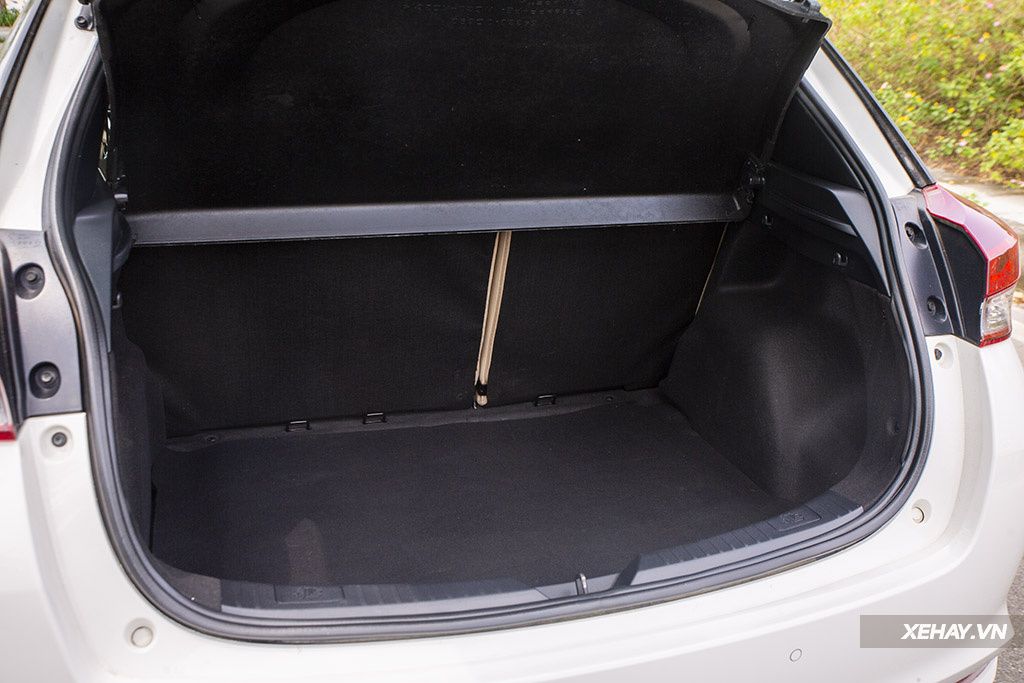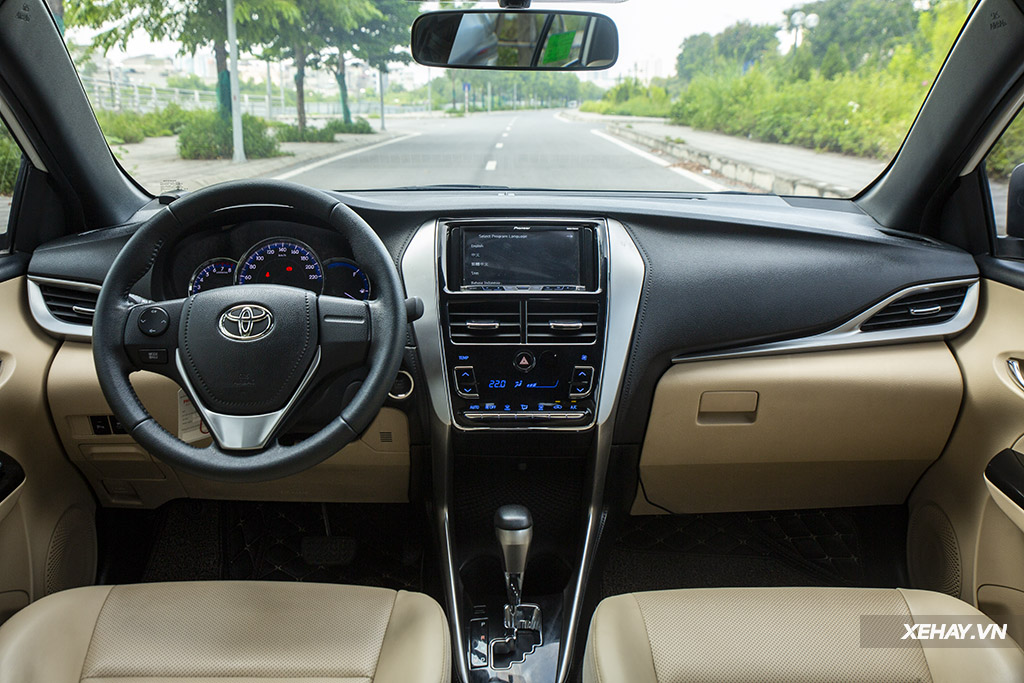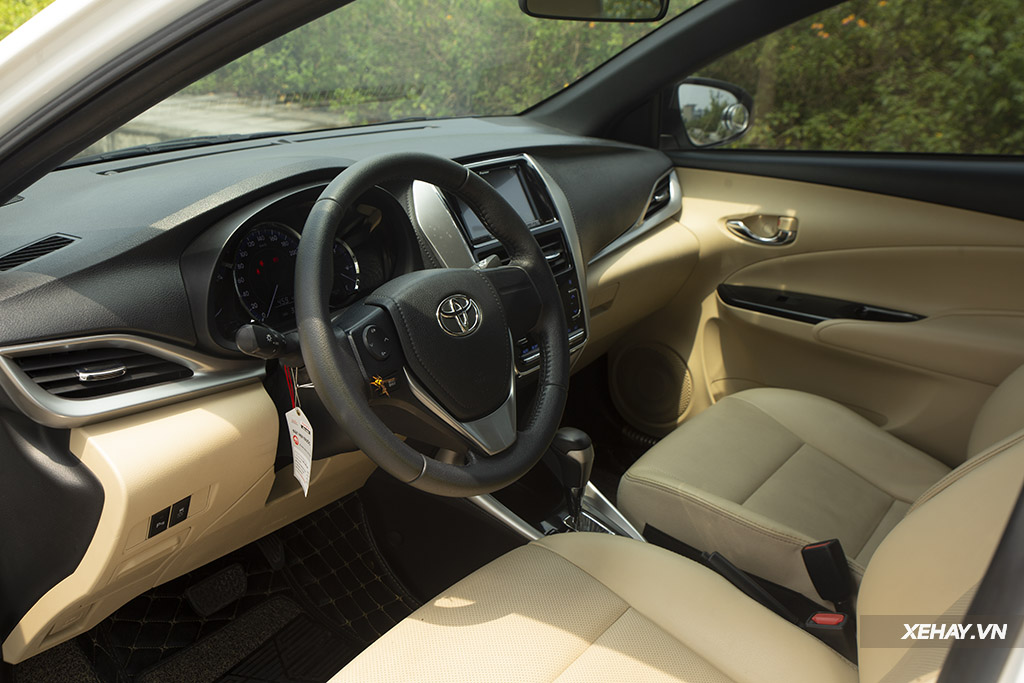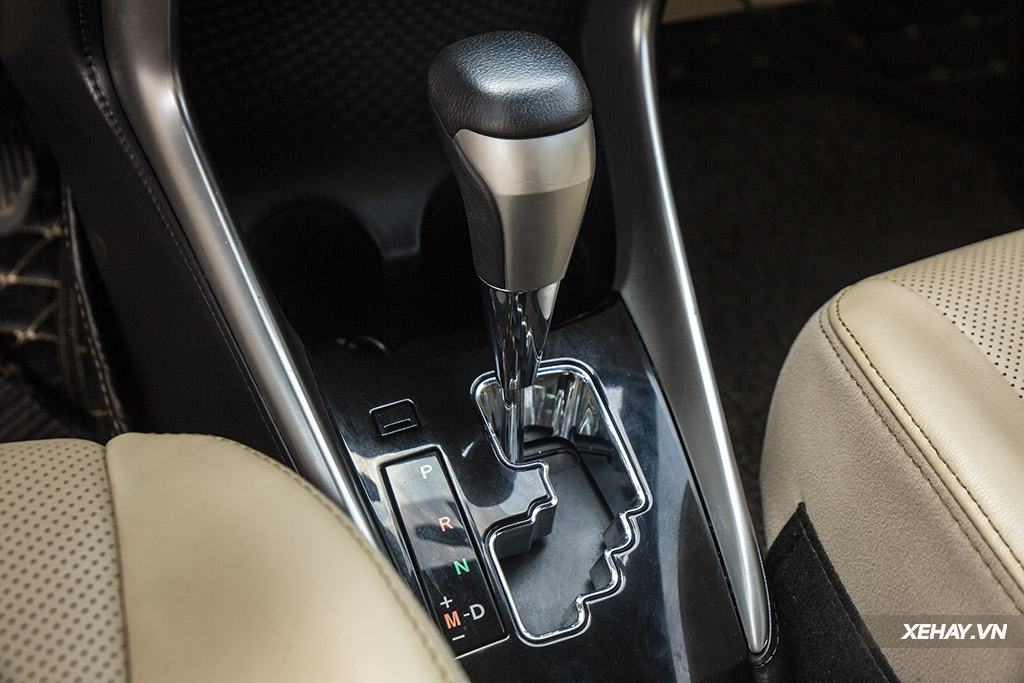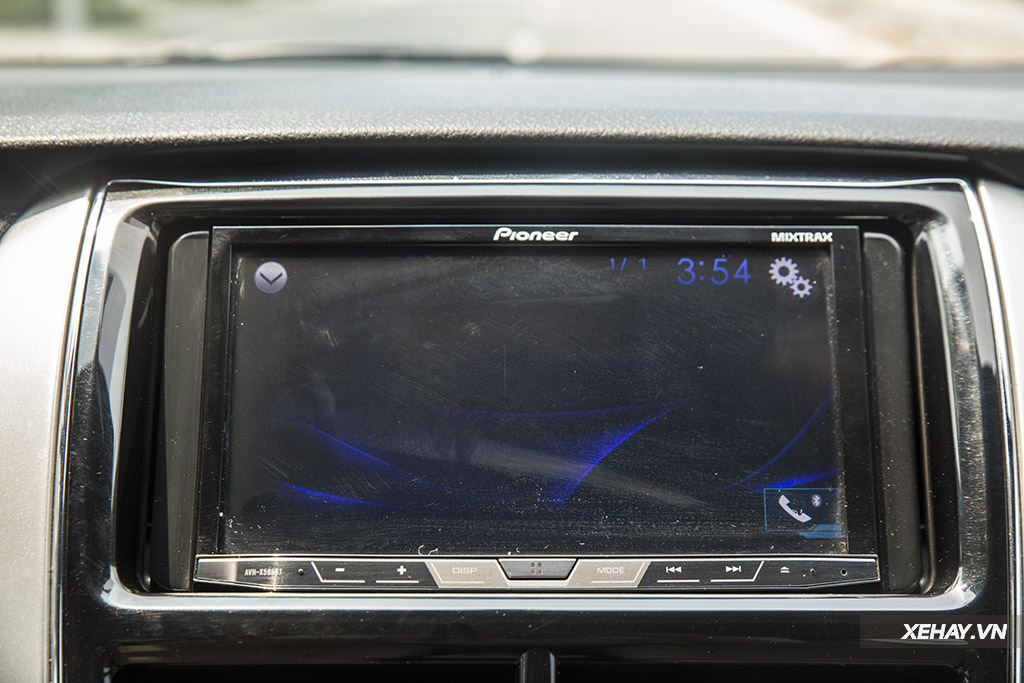Although in essence, Yaris is the hatchback version of the Toyota Vios with many similarities, the car is aimed at a completely different group of users, with its own strengths and weaknesses as well as value.
About 10 years ago, the number of Toyota Yaris cars on the streets of Vietnam was relatively busy. Although they belong to the same B-segment, Yaris is completely different from its sedan sibling Vios in terms of price, equipment, and product positioning. Yaris and Vios have many similarities, but the two B-segment cars also have their own differences.
Toyota Vios owners can use the car as a daily means of transportation for their families or as a business vehicle to make money. But Yaris owners are completely different. The car is usually only used to meet the personal transportation needs of individuals; the owners are usually economically well-off but do not like flashy luxury cars, instead preferring practicality, durability, or the weight that comes from the Toyota logo.
With dimensions of L x W x H: 4,145 x 1,730 x 1,500 mm; wheelbase of 2,550 mm, the 2nd generation Toyota Yaris (2019 model) is truly a spacious hatchback model compared to its competitors in the B-segment. Both the boot space and the two rows of seats can serve the needs of family car users very well.
In terms of design, the 2019 Yaris has a design that is almost identical to its sedan sibling, the Toyota Vios. The front of the car is arranged in a harmonious and tidy manner, with a modern touch. The rear of the car is designed differently, creating a luxurious and distinctive vibe for the Yaris.
When driving on the street, the Toyota Yaris will give pedestrians a familiar feeling, thanks to the Toyota brand and the shared design elements with its sedan sibling, Vios. However, the car still maintains its distinctiveness, thanks to its modern and stylish rear design, setting it apart from other common B-segment sedans.
In terms of equipment, the 2019 Toyota Yaris seems “modest” as it is only equipped with a Halogen main lighting system with high-illumination bi-beam headlights and demi LED lights. It also has disc brakes on all 4 wheels, instead of just the front 2 wheels like its cheaper Vios sibling.
The interior space of the car is considered a big advantage of the 2019 Toyota Yaris. Similar to its Vios sibling – although it belongs to the B-segment – the car can comfortably seat 5 adults during travel.
The comfort of the Toyota Yaris also comes from the layout of the chassis system, the A – B – C pillars, which provide a spacious and wide view for the driver, thereby reducing blind spots and contributing to traffic safety. The spacious view also helps passengers feel more comfortable, reducing fatigue and tension, especially during long trips.
However, a major drawback of the Yaris 2019 is that the passengers are not favored in terms of entertainment, as the car is only equipped with a small Pioneer screen, single-zone automatic air conditioning – without rear air vents or charging ports, and even lacks Cruise control – a seemingly basic feature in the automotive world in the 21st century.
However, the Yaris 2019, as well as Japanese cars in general, have a major advantage in the Vietnamese market – fast and efficient cooling. This is an extremely useful feature that surpasses mainstream models from Korea or America. However, the car still lacks rear air vents or charging ports for the rear seats.
The beige leather seats are resistant to dirt and still maintain a high-end atmosphere and durability, as well as a comfortable feel after 3 years of use. The commonly used hand positions, such as door handles, armrests, shift lever, handbrake, steering wheel, etc., are still visually smooth and smooth in operation.
In terms of performance equipment, the 2019 Yaris has made certain improvements, including electronic balance, traction control, and especially 7 airbags around the car, reverse camera, and no rear sensors.
Under the hood, the Toyota Yaris uses the familiar 2NR-FE engine, with a 1.5L naturally aspirated 4-cylinder configuration, producing 107 horsepower and 140Nm of torque when combined with the CVT gearbox and front-wheel drive system.
The advantage of this engine – gearbox combination can be considered a factor that has contributed to the reputation of the Toyota brand: simple – efficient; durable – fuel-efficient. In real-world driving experience, the car only consumes 5.5 – 6L/100km on mixed roads – a truly fuel-efficient figure.
However, the downside of the smooth CVT gearbox is that it needs time to accelerate, and cannot provide strong acceleration – powerful bursts when pressing the accelerator pedal. In addition, the engine noise can be clearly heard inside the cabin. However, these aspects can be acceptable for a daily urban car reference.
Driving the Toyota Yaris – similar to its Vios sibling – provides a comfortable and gentle feeling for the driver. The layout of the controls is simple, easy to operate, and does not require the driver to spend time getting used to them. All operations are convenient thanks to the mechanical buttons, without a touchscreen.
The Toyota Yaris is equipped with a MacPherson front suspension and torsion beam rear suspension, emphasizing durability and comfort for passengers. The steering wheel of the car is slightly heavy, providing a solid feel on long-distance roads and highways, but it will be quite difficult for the driver to maneuver in tight spaces at low speeds, such as when parking or driving in narrow alleys.
Quick summary, the biggest difference between Toyota Yaris and Vios is their customer profiles. This is definitely not a “good value” car like the Vios – which is popular for business use to “make money” or as a family car.
With a price of less than 600 million VND, the 2019 Toyota Yaris after 3 years of use is clearly a “safe” choice: imported origin, strong brand, no need for meticulous care, spacious, durable, easy to use, neutral design but with less convenience features and no special driving feel.
Anh Phan (Tuoitrethudo)







